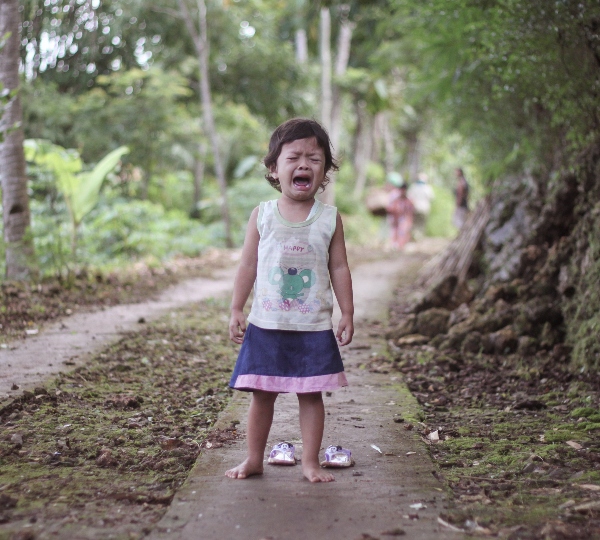A common behavior among children, especially toddlers, is the dreaded tantrum. The screaming, the yelling, the flopping to the floor, all because you said “No” or asked them to do something nonpreferred. Sound familiar? Many children go through a phase of rigidity and attempt to take control of their environment. As children develop, their behavior is shaped by social norms, and they learn that the problem behavior is not acceptable. For children with autism, this phase may be long lasting due to deficits in communication, social skills, and compliance. Children may engage in disruptive behavior such as tantrum, screaming, crying, throwing toys, and even aggression if routines and their preferences are not granted. Some children need systematic teaching in which they are taught to slowly accept others’ directions, change the way they do things, and engage when things are not under their control.
The following steps are a good start to slowly increasing your child’s flexibility while minimizing tantrum and other problem behavior. Although my examples below refer to wearing different clothing, these steps can be applied to many other situations.
- Give choices between 2-3 items he is showing rigidity with
- Have one of the items he can choose from be something he has been fixated on- do this 2-3 times consecutively so he gets the idea he must choose from the choices you give him
- Slowly shift the options away from what he prefers (2-3 consecutive opportunities at each step)
- E.g., If he only wants to wear tank tops- give him a choice of a tank top and short sleeve shirt 3 days in a row; then give him choice of 2 short sleeve shirts 3 days in a row; then give him a choice of a short sleeve shirt and a long sleeve shirt 3 days in a row
- Do more than 3 consecutive days at each step if he is engaging in noncompliance or other disruptive behavior (e.g., saying “No,” crying, trying to go in the drawer to get a shirt he really wants, etc.). Do as many trials as needed until you get at least 2 consecutive opportunities without disruptive behavior
- Make sure to give him “surprises”- every once in a while put his preference as one of the options or let him choose whatever he wants (e.g., from his clean clothes).
- If you find there may be a time when he does not get to make a choice then add that to the steps- after giving him a choice with two nonpreferred or less preferred items and he is friendly at least 3 opportunities in a row, then during the next opportunity do not give him a choice.
- It is very important that you follow through each and every time. So if you are in a time crunch or for whatever reason not able to follow through one day then just don’t provide the choices- let him pick. Make sure every time you are practicing flexibility you are able to see it through.
- It also helps to identify a reward you can give him when he is friendly about choosing from the options you give him and when he is friendly when he doesn’t get a choice
If you are already receiving ABA services then please consult with your BCBA for a specific plan for your child. If you are not receiving ABA services and would like assistance with your child’s behavior click here.
Want more ideas on how to deal with problem behavior? Check out my other blogs:













